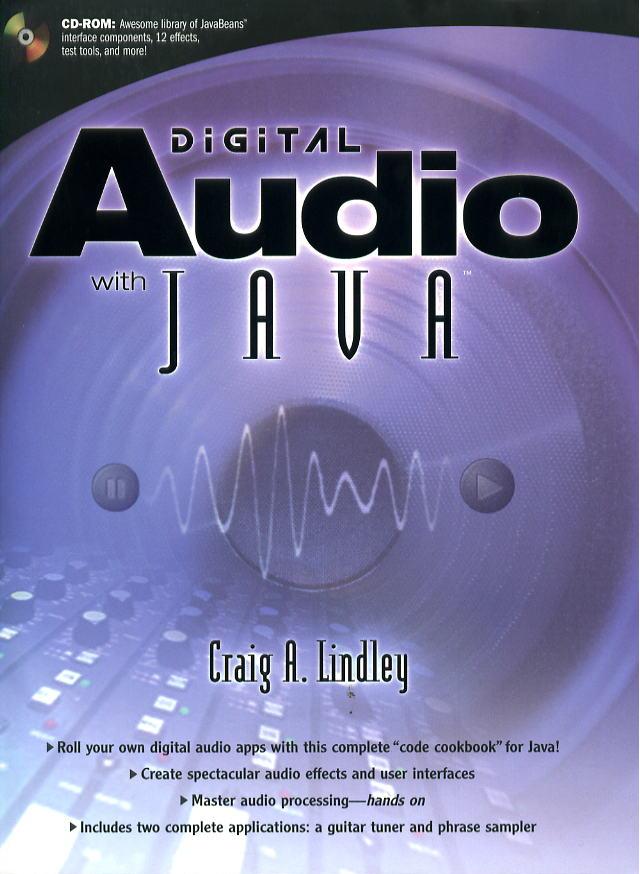

You can read the handbook by going from top to bottom in the left-hand navigation. The TypeScript Handbook is intended to be a comprehensive document that explains TypeScript to everyday programmers.

If you have experience in other languages, you should be able to pick up JavaScript syntax quite quickly by reading the handbook. If you are coming to TypeScript without a JavaScript background, with the intention of TypeScript being your first language, we recommend you first start reading the documentation on either the Microsoft Learn JavaScript tutorial or read JavaScript at the Mozilla Web Docs. The goal of TypeScript is to be a static typechecker for JavaScript programs - in other words, a tool that runs before your code runs (static) and ensures that the types of the program are correct (typechecked).

This could be due to simple typos, a failure to understand the API surface of a library, incorrect assumptions about runtime behavior, or other errors. The most common kinds of errors that programmers write can be described as type errors: a certain kind of value was used where a different kind of value was expected. Combined with JavaScript’s rather peculiar runtime semantics, this mismatch between language and program complexity has made JavaScript development a difficult task to manage at scale. While the size, scope, and complexity of programs written in JavaScript has grown exponentially, the ability of the JavaScript language to express the relationships between different units of code has not. Starting as a small scripting language for adding trivial interactivity to webpages, JavaScript has grown to be a language of choice for both frontend and backend applications of every size. Over 20 years after its introduction to the programming community, JavaScript is now one of the most widespread cross-platform languages ever created.


 0 kommentar(er)
0 kommentar(er)
